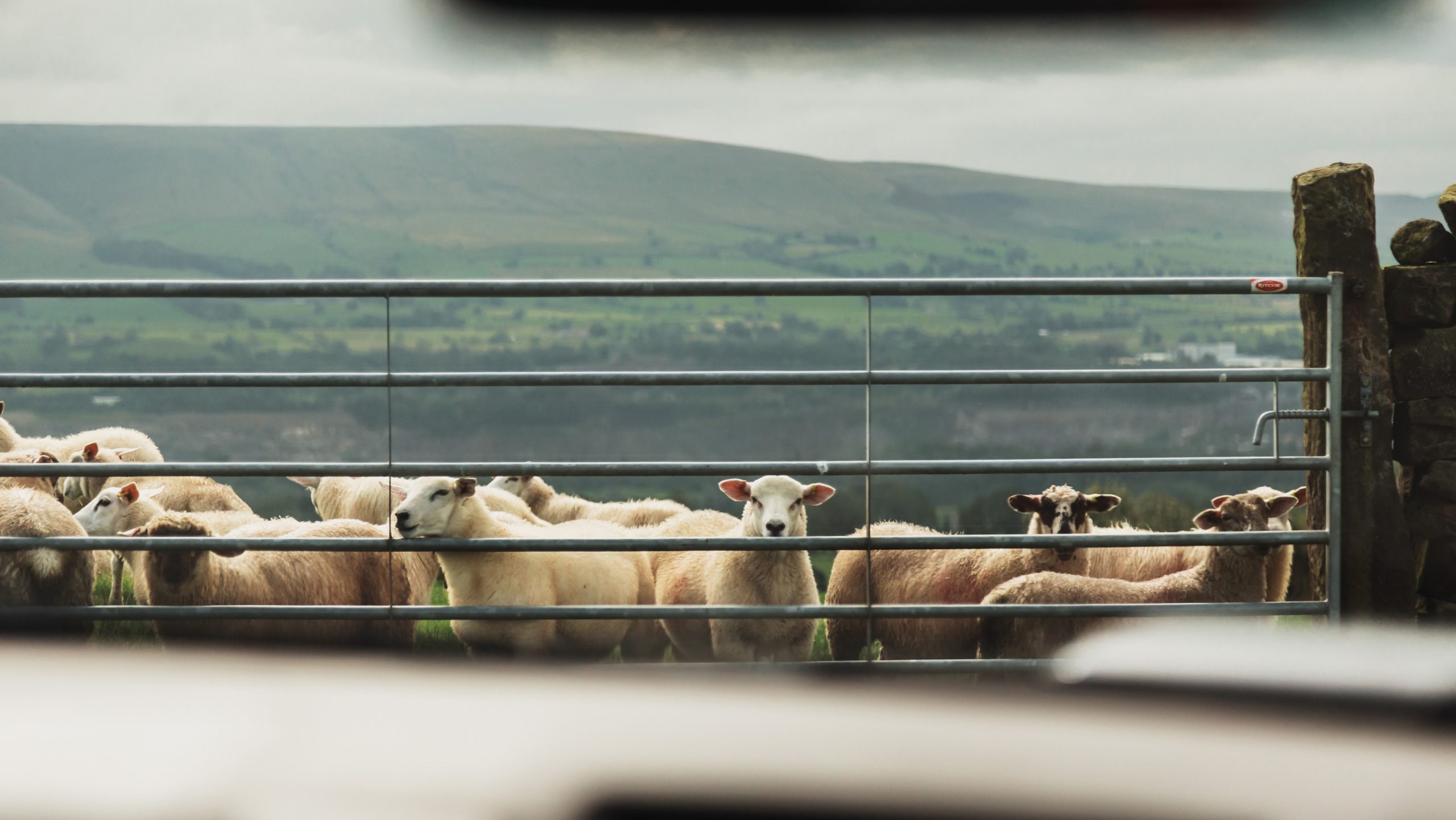
All on the Table
The Royal Countryside Fund commissioned research, carried out by Dr Jeremy Franks and Dr Rachel Peden from Newcastle University, into the network of abattoirs across the UK. We are very pleased to be able to share the findings of this research with you.
Foreword
In June 2019 while he was The Prince of Wales, our Patron, HM King Charles III convened a roundtable on abattoirs at Dumfries House. At this meeting, a number of grocers, abattoir owners, butchers, and others involved in the red meat supply chain came together to discuss the context in which red meat abattoirs were operating, the specific situation facing smaller abattoirs, and to explore their sustainability and what specific practical actions needed to be taken forward in order to create a viable abattoirs sector that meets the specific needs of different sectors of farming and food production.
The overarching recommendation from the meeting was to undertake this research. As part of the RCF’s ambition to support thriving farming families, the need to support a diverse abattoir sector is clear – that farmers should have access to a range of abattoirs, offering a wide range of services regardless of size. to support their farming ambitions.
To achieve this, abattoirs of all sizes should be supported to ensure high levels of animal welfare, environmental sustainability, and food quality. The RCF became concerned about the rapid shrinkage in the number of local abattoirs – from 1,146 licenced red meat abattoirs in Great Britain in 1979, to just 213 such abattoirs across the UK in August 2020 (with 13 smaller abattoirs who offered private kill having closed in the 20 months prior). This decline is what this report looks at – the specific benefits offered by smaller abattoirs. Yet we fully recognise that abattoirs of all sizes, offering different services, have their place to support the UK’s diversity of farming systems and food production.
Smaller, local abattoirs tend to offer private kill services more frequently than larger ones; our research has demonstrated that farmers using abattoirs for private kill are happier with the relationship with their abattoir than farmers using larger slaughterhouses, and one fifth of farmers who don’t use a private kill service would like to, but this service is not offered near them. At a time when farm business profits are being squeezed, creating the opportunity for farmers to add value to their business is vital.
The proximity of farm businesses to a suitable abattoir is essential to support local food systems, which showcase the best of what Britain can offer. One third of consumers say that buying local food is important to them, and this proportion is expected to grow now that Britain has left the EU. And on top of this, smaller abattoirs often support the local economy; alongside the employment they offer, they also supply butchers, caterers, farm shops, pubs and restaurants, and so much like the smaller family farm, they add value back into the local economy. The growth of regional or local food branding initiatives will only further increase this.
From an environmental point of view, the types of abattoir available affects which livestock farmers can keep – for example, native breeds with thicker coats or longer horns, which may not be accepted for slaughter at all abattoirs – and therefore a well distributed abattoir network is critical to the conservation of genetic and habitat diversity. The importance of conserving rare and native breeds has recently been recognised in the Agriculture Act 2020 as a crucial public good, and therefore abattoirs able to service these beasts are indispensable.
Here at The Royal Countryside Fund, we hope that this research will help to illuminate the reasons that smaller abattoirs require unique support, and how the disappearance of these businesses will negatively impact the rural economy, food sustainability, and the profitability of our nation’s farming families.